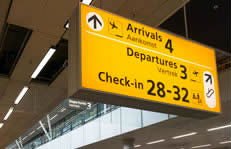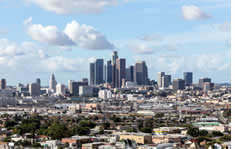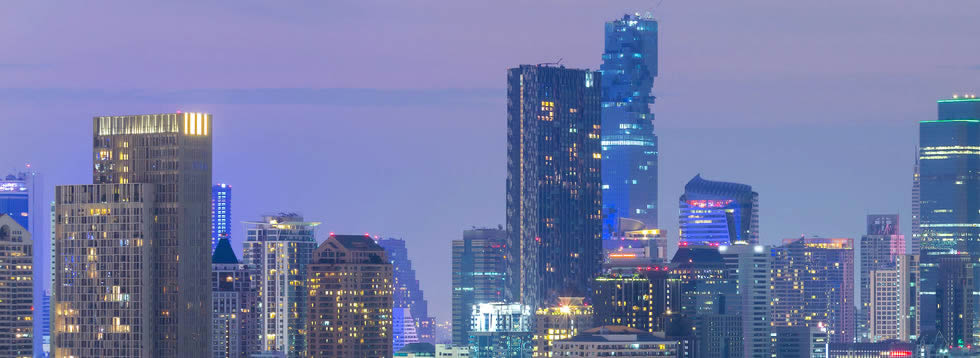Trusted service since 2003
Flight Delayed? We wait.
24/7 Customer Service
| ||
| |||
 |
| ||
 |
| ||
EL Pueblo de Los Angeles Airport Shuttle Service
Though El Pueblo de Los Angeles no longer stands as the most populated and culturally central neighborhood in Los Angeles, its history makes it a destination for any visitor interested in learning about the history that created the major city of Los Angeles that exists today.
| EL Pueblo de Los Angeles |
 | In 1781, when 44 pobladores settled in what is now EL Pueblo de Los Ángeles, they did not know that their small town would become the birthplace of one of the United States’ most metropolitan cities. |
About EL Pueblo de Los Angeles As Los Angeles exchanged hands from the Spanish to the Mexicans and eventually to the Americans during the 19th century, the Historic District did not only become the geographical center of the city, but also its social hub and an easy location to obtain airport shuttle to LAX. Today, as a member of the National Register of Historic Places, this colorful neighborhood remains the oldest existing part of Los Angeles. The historic district of El Pueblo de Los Angeles has undergone many nominal transformations. When it was first discovered by the Spanish explorers in 1781, it was originally called El Pueblo de Nuestra Señora la Reina de Los Ángeles del Río de Porciúncula. However, it continued with that name even when it was taken over by the Mexicans in 1821, not until 1847 when the American government were in control before its name was retransformed severally. It was first called El Pueblo de Los Angeles State Historic Park when it became a district and was referred to as Los Angeles Plaza Historic District before it was finally called El Pueblo de Los Angeles Historical Monument. This recent change came as a result of its indictment as a state historic monument in the year 1953. Several neighborhoods within the Historic District still go on as popular centers of activity. The Plaza, most notably, is the center-most area within the town. Its frequent festivals and numerous monuments, celebrating the District’s history and Hispanic culture, attract spectators amongst both immediate residents and tourists. Olvera Street, previously known as Wine Street but renamed in honor of an outstanding local judge, is also a frequented part of the Historic District. Major historical attractions, originally serving as functioning commercial and residential buildings, line the pavement. Avila Adobe, for example, the oldest surviving housing structure in Los Angeles, now stands as a California State Landmark. Another prominent building on Olvera Street, the Victorian Sepulveda House, is also recognized as a historic attraction because of its characteristic EastLake Style architecture. Today, after converted into a lively marketplace by local merchants in 1930, Olvera Street is known for its presentation of the Hispanic culture that identifies both the Historic District and the rest of Los Angeles. Some other interesting destinations include Pico Hotel, Merced Theatre, Old Plaza Firehouse, Masonic Hall, Garnier Building etc. | |
 +1 646 480 6835
+1 646 480 6835



